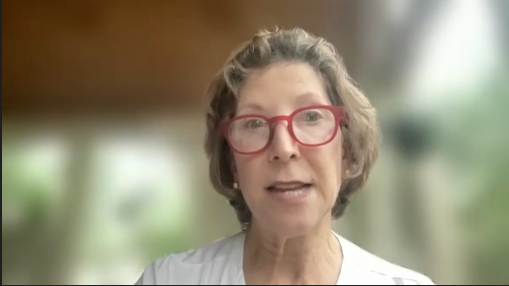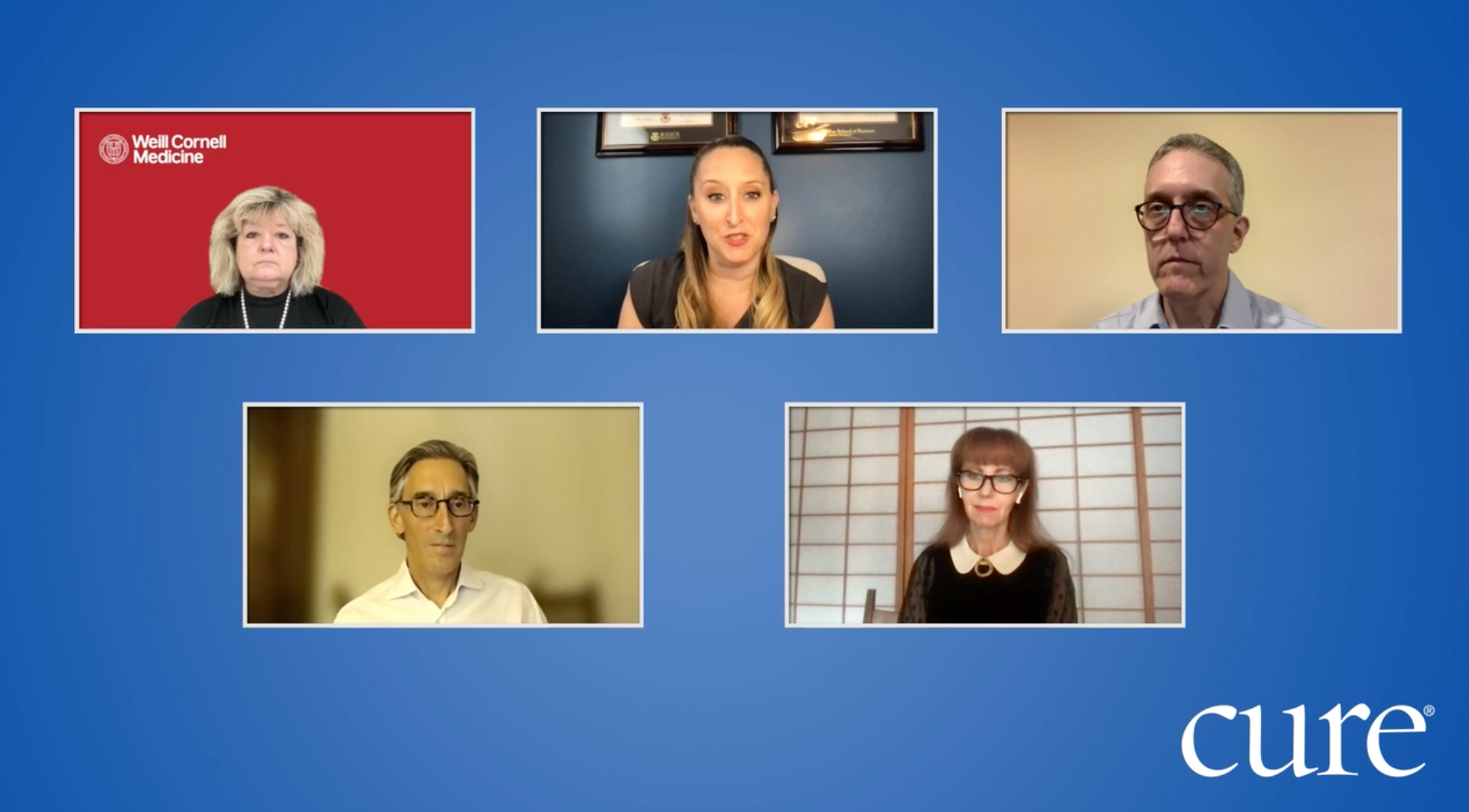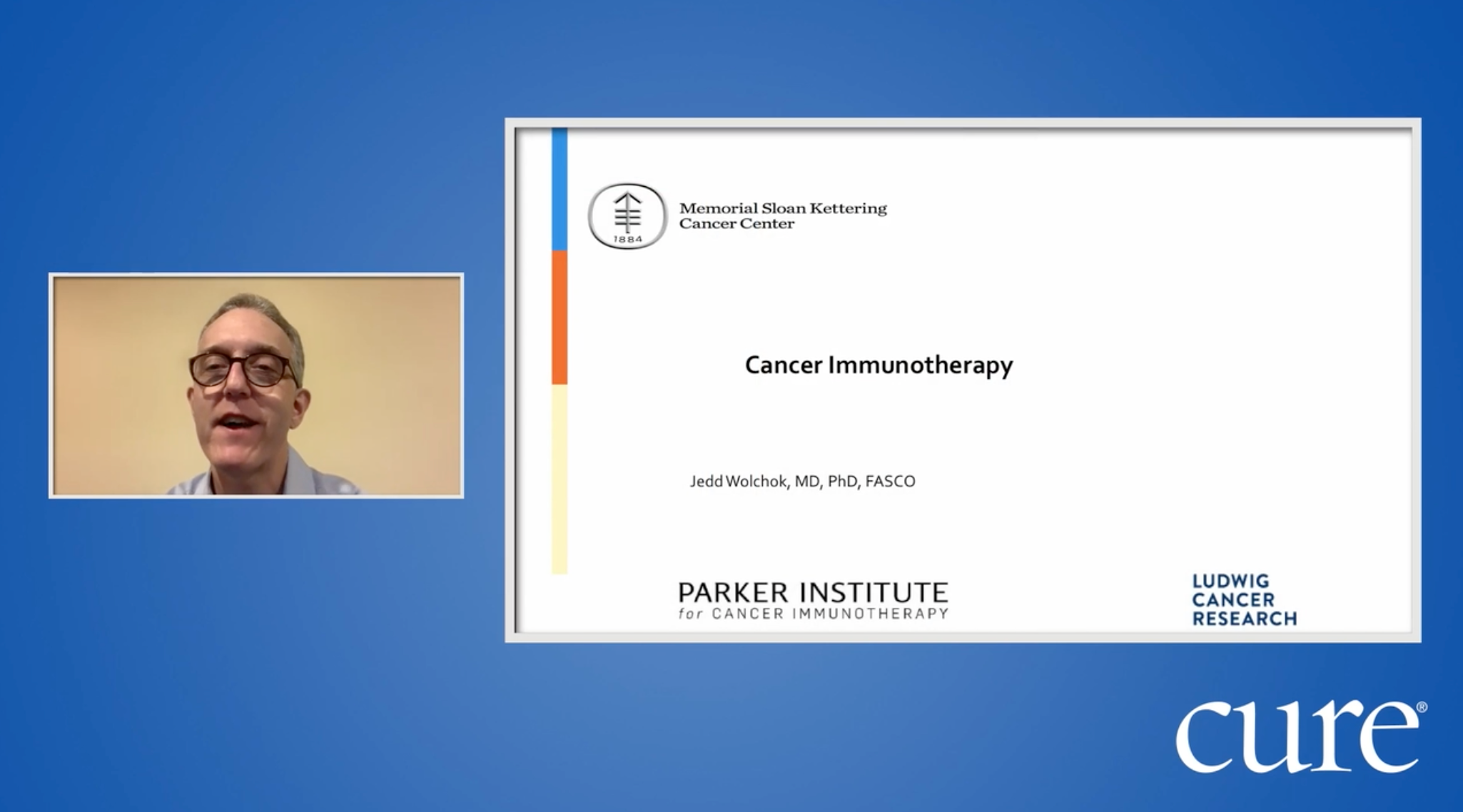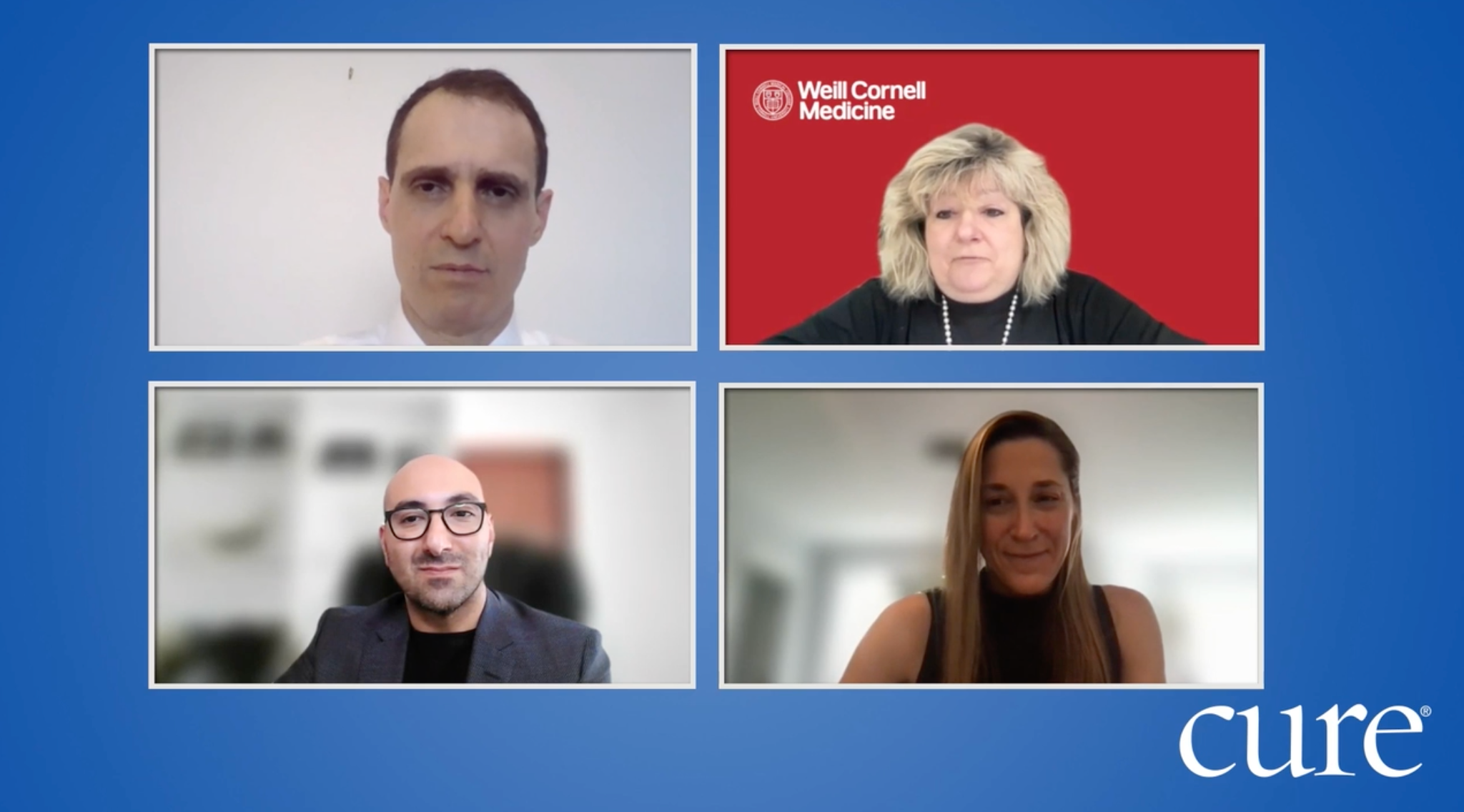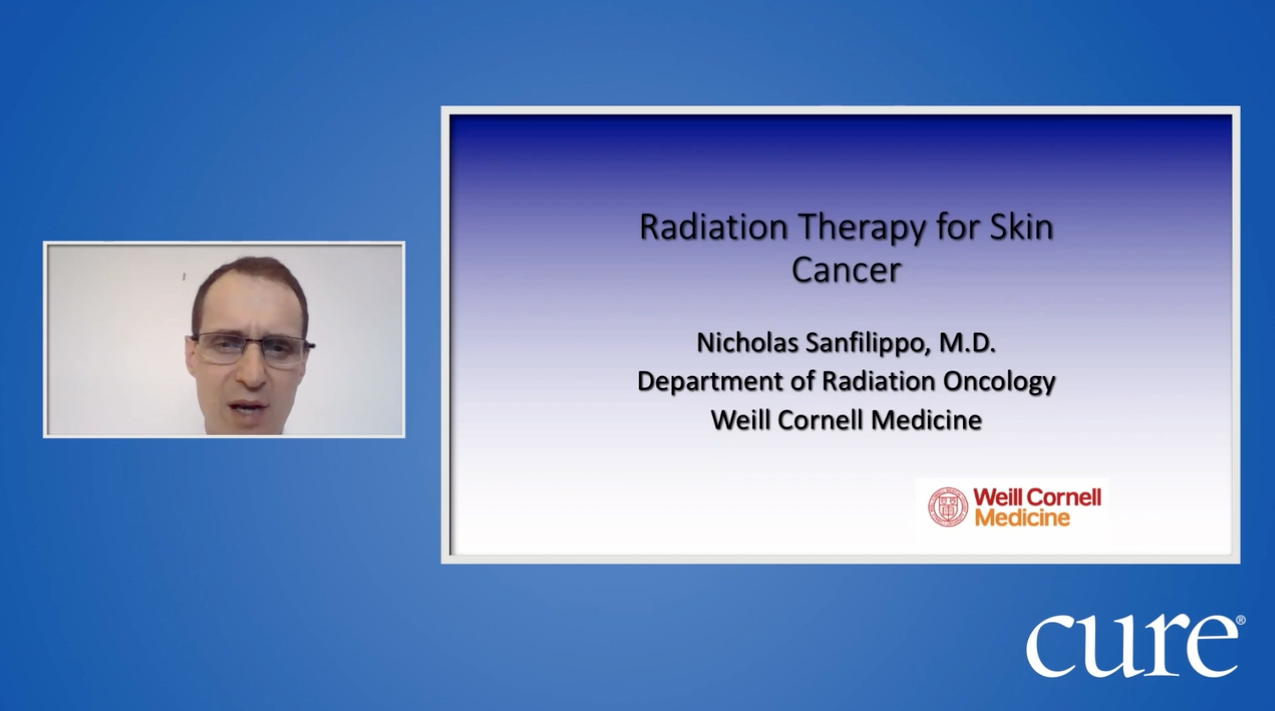Article
Chronic Side Effects from Anti-PD-1 Therapy Use in Patients with Advanced Skin Cancer More Common Than Previously Believed
Author(s):
Chronic immune-related adverse events from anti-PD-1 therapy occur in many patients with advanced melanoma, but shouldn’t deter them from seeking treatment that can provide long-term survival, according to an expert from Vanderbilt University Medical Center.
In patients with advanced melanoma, chronic immune-related adverse events (irAEs) associated with anti-PD-1 therapy in the adjuvant setting (following primary treatment) are more common than previously believed, according to study results published in JAMA Oncology.
Although agents that target programmed cell death 1 (PD-1)/PD ligand 1 (PD-L1) have been shown to improve long-term survival in many types of advanced cancer, the incidence and variety of irAEs experienced by patients who are receiving this therapy after primary treatment for advanced melanoma has not been examined.
In an interview with CURE®, Dr. Douglas Johnson, an associate professor of medicine at Vanderbilt University Medical Center and the study’s senior author, explained why he and his team set out to investigate these side effects in this population. “Looking at long term side effects and stuff where this is in some ways a good problem to have, so to speak, and that patients actually do have a chance of long-term survival,” Douglas noted. “But we noticed in our clinic that many of these patients who had been treated with some of these immune therapies had continued to have toxicities that persisted even after stopping treatment. So, we decided to try to look a little more in detail to see how many patients were getting these side effects, what kind of side effects they were, how long they were lasting, what kind of management they were requiring.”
To fill in this knowledge gap, researchers collected data from 387 patients with resected stage 3 to 4 melanoma (median age, 63 years) receiving one or more doses of adjuvant anti-PD-1 therapy of Keytruda (pembrolizumab) or Opdivo (nivolumab) from eight participating institutions in the United States and Australia. The patient demographics (melanoma subtype, comorbidities, genetic variation status and stage) and treatment details (dose, frequency, duration and reason for discontinuation) were recorded. The irAEs were described in terms of grade (level of severity), time of onset, symptoms, treatment required and resolution.
Of the 387 patients, 276 (69%) developed acute irAEs, including skin irritation/itch (25.8%), thyroiditis/hypothyroid (16.3%), joint pain/stiffness (10.6%), colitis/diarrhea (9.8%), hepatitis (6.2%), pneumonitis (4.4%) and dry mouth (4.1%). The irAEs required treatment with glucocorticoids in 109 (28.2%) patients.
The researchers also assessed how often acute irAEs developed into chronic events, or lasted for at least 12 weeks after patients finished therapy. Of the total, 167 patients (43.2%) developed chronic irAEs, most of which were grade 1 or 2 (96.4%). They were, most commonly, hypothyroidism (14.0%), joint pain/stiffness (5.7%), skin irritation/itch (6.6%), adrenal insufficiency (3.1%) and or dry mouth (2.3%). Most persisted to last follow-up (85%). Age and gender were not associated with chronic irAE development.
Ultimately, the study authors noted that chronic irAEs following anti-PD-1 therapy, though typically low grade (less severe), occur more frequently than previously reported and particularly affect nonvisceral organs. But as Johnson explained, it is important to keep in mind that these treatments improve long term survival, and to take that into consideration when creating a treatment plan.
“Even though it's important to learn about these side effects and manage them better, I think it's also still important to take a step back and think about how, again, this is in some ways, a good problem to have when you have treatments that work well enough that you can actually think about long term survival,” said Johnson.
“In general, these therapies are still much better tolerated than chemotherapy, and some of the molecularly targeted therapies as well. So even though it's important to know about them, to treat them, to manage them, these are still in general, very well-tolerated treatments. And so, these kinds of studies, I don't think should scare patients. I think that just hopefully will inform them and learn more about what they might be able to expect.”
For more news on cancer updates, research and education, don’t forget to subscribe to CURE®’s newsletters here.





